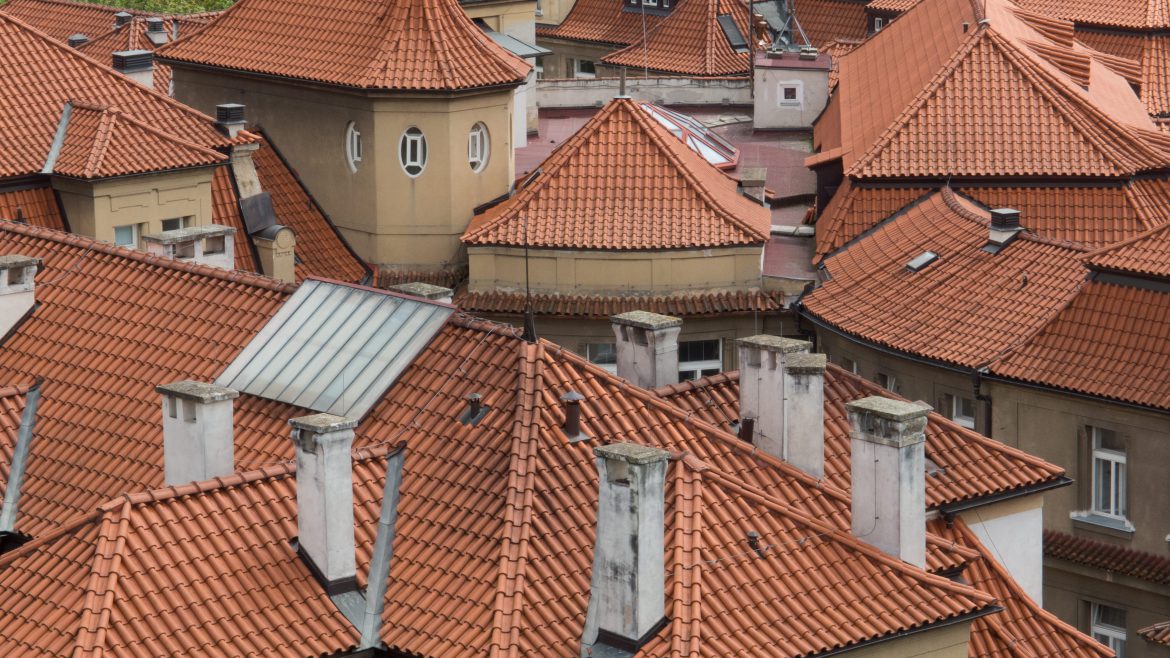Smart Home Technology
https://imaginahome.com/wp-content/uploads/2018/11/Smart-home-1024x683.jpeg 1024 683 Chris Chris https://secure.gravatar.com/avatar/2901b06786d727b7c5ffbd4b92d6340b?s=96&d=mm&r=gSmart home technology in Toronto has come a long way in recent years. In just the last little while we have gone from only having home lighting systems being controlled by smart technology to having everything from security systems to home amenities now with built-in smart home capabilities. The one thing all of these systems have in common is the requirement to have access to the internet as that is the means by which you are able to control the system remotely. Each networked device will have it’s own app to help control the settings. Although now with Amazon’s Alexa and the Google Home, automation is becoming more centralized as many devices can now be controlled through the “home assistants”. Naturally, every technology has its pros and cons and we will take a look those inherent in a Smart Home over here.
The Pros
There is no denying that smart technology is very convenient. It can drastically simplify your life. The small daily tasks that we have to remember can easily be taken care of by programming or can be done remotely in case you forget to do them before leaving the house.
Another big pro for smart home technology is the cost and energy savings that can be derived from it. Once installed and programmed, you can easily cut down on your energy consumption. Adaptive thermostats respond to your family’s habits and schedule and adjust accordingly thereby reducing your energy consumption.
Smart home technology also allows you to monitor your home remotely – which is very convenient if you have to travel or leave for extended periods of time. Additionally, smart home technology can increase the resale value of your home and some insurance providers do offer reductions on premiums for smart homes.
The Cons
Although smart homes are very convenient and can be programmed to do everything from opening your blinds in the morning and closing them at night to starting your coffee maker, monitoring your crock pot and even locking your door remotely, the one big drawback with these advancements is that they all rely on a working internet connection. If the internet goes down, then so do the services.
Another drawback is the initial cost of installing such a system in your home. Yes, you will likely make up that cost in the long run, but you will have to outlay a considerable sum of money to get a good system in place.
If you are not technologically inclined, then the complex programming that these systems require can also be seen as a con. As many devices work on different platforms or through different apps, this reality will require to you know how to download, set-up and operate all of these programs.
Lastly, safety is a concern when it comes to smart home technology. The same programs that make it possible for you to lock your doors from across the world, means that, unless your network is absolutely secure, you can be vulnerable to being hacked.
Smart home technology is not yet seamlessly integrated into our lives – but it is certainly getting there.






